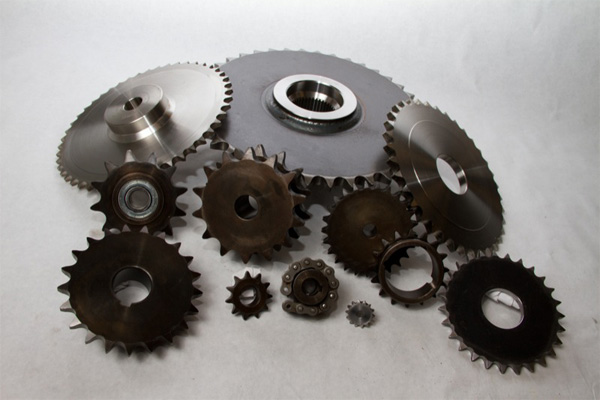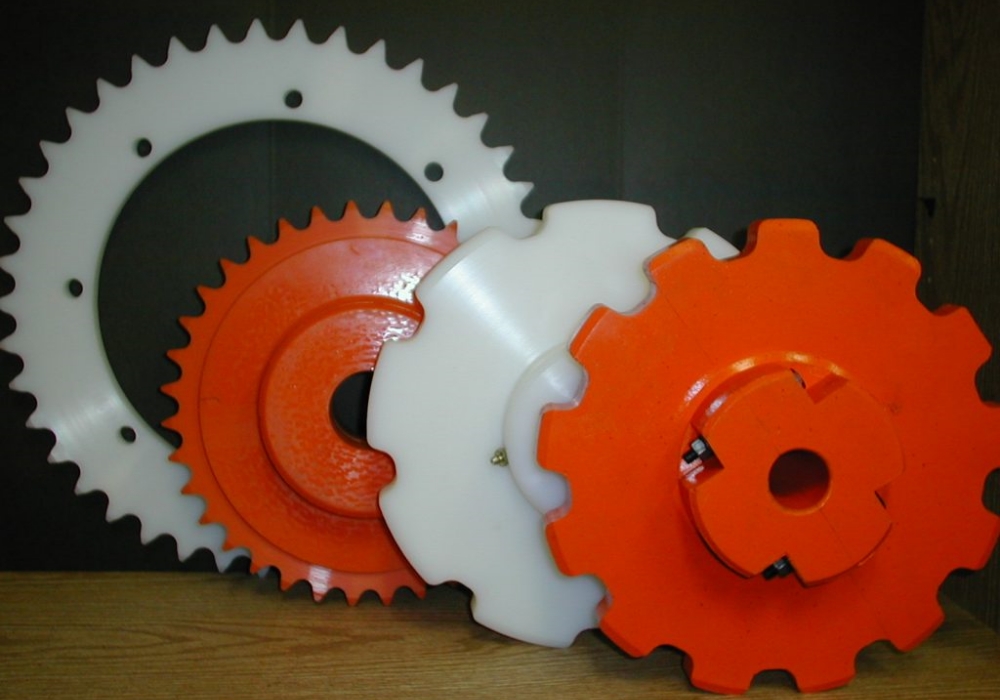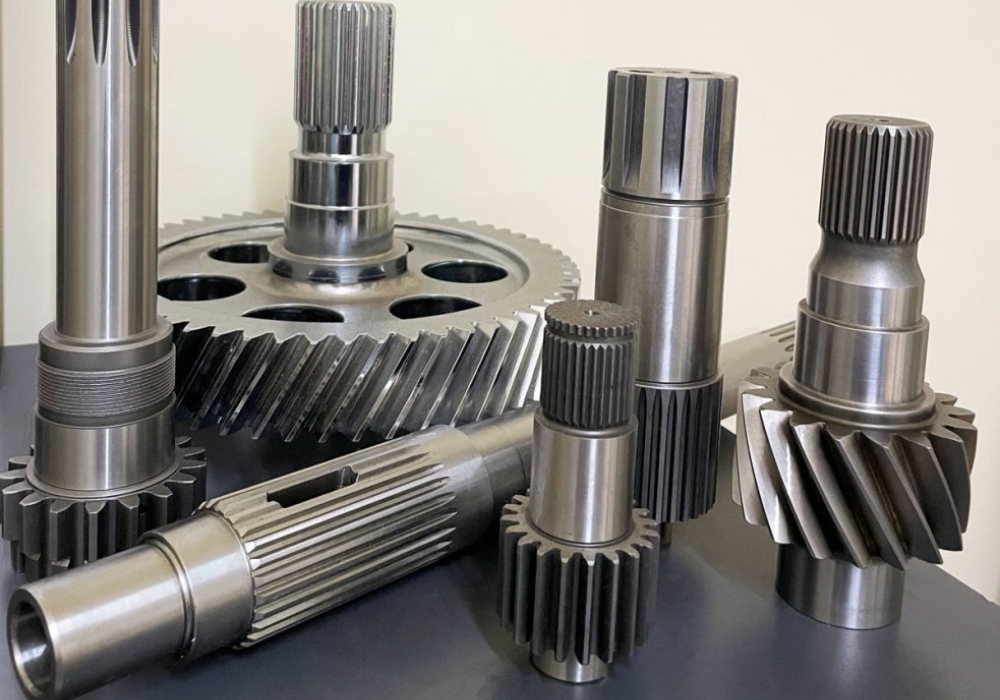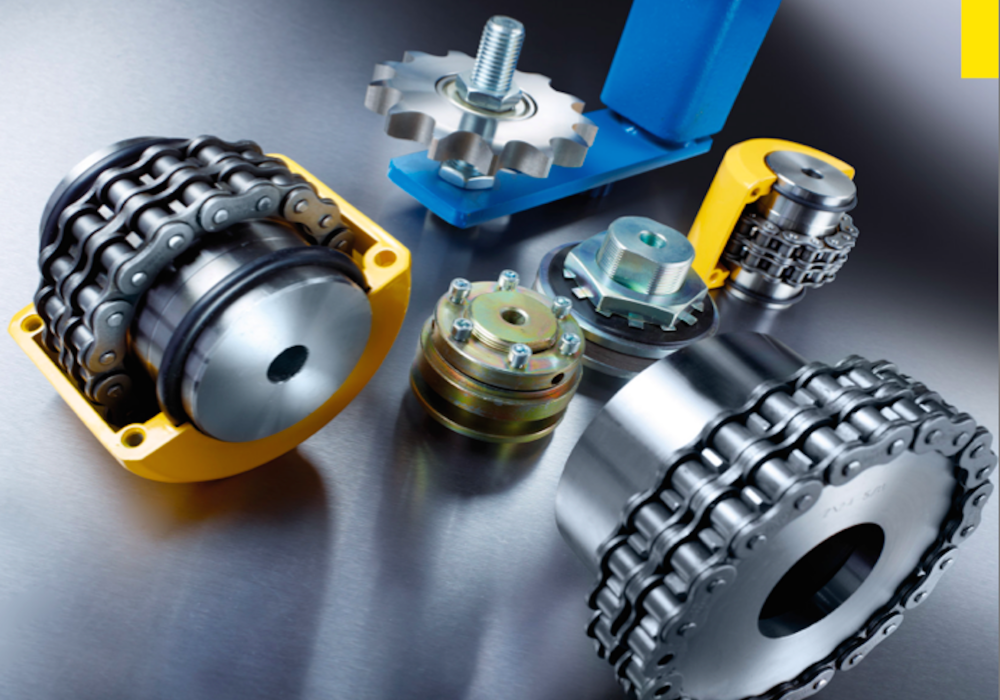Industrial sprockets are essential components in many industrial applications, serving as a critical link between machinery parts. Their reliable performance and longevity are crucial to the overall efficiency and productivity of a production line.Through the following content, you will have a clearer understanding of how to improve the reliability and service life of equipment by using industrial sprockets.
Understanding the application needs
The first step in improving equipment reliability and longevity is to fully understand the specific needs of the application. This includes factors such as the type of equipment, the expected load capacity, the operating environment, and the desired level of performance. A clear understanding of these needs allows for the selection of appropriate sprockets and transmission systems to meet unique performance criteria.
Selection of suitable materials
The material chosen for industrial sprockets has a direct impact on their performance and durability. Materials such as cast iron and ductile iron are commonly used for their high strength and wear resistance properties. On the other hand, aluminum and steel are preferred for their lightweight and corrosion resistance properties. The material selection should be based on the specific application requirements, including load conditions, speed, and environment.
Design for reliability
The design of industrial sprockets plays a crucial role in enhancing performance and longevity. The size, shape, and geometry of the sprockets must be carefully selected to maximize efficiency and durability. By analyzing the load conditions, speed requirements, and environmental factors, engineers can tailor the design to ensure optimal performance. For example, by increasing the contact area between the sprocket and the chain, the load capacity can be distributed more evenly, reducing stress on individual components and improving overall reliability.
Quality manufacturing process
The manufacturing process of industrial sprockets is crucial to their performance and longevity. High-quality manufacturing ensures precise fit and alignment, minimizing vibrations and wear. Advanced manufacturing techniques such as CNC machining, laser cutting, waterjet cutting, and additive manufacturing can be employed to produce highly precise and complex components. Quality inspections at every stage of production ensure adherence to strict tolerances and eliminate defects that could impact performance and durability.
Preventive maintenance and lubrication
Preventive maintenance and regular lubrication are essential for maintaining the reliability and longevity of industrial sprockets. Proper lubrication helps reduce friction and wear, while also enhancing the cooling effect. It is essential to use lubricants suitable for the operating conditions and application requirements. Regular inspections should be carried out to identify any potential issues or defects that may require repairs or replacements. By implementing a proactive maintenance schedule, production downtime can be minimized, extending the overall lifespan of the equipment.
Innovative design solutions
Innovative design solutions can further enhance the reliability and longevity of industrial sprockets. New materials and technologies are constantly being developed to improve performance in extreme conditions. For example, composite materials can provide improved strength and wear resistance compared to traditional metals. Additive manufacturing techniques allow for the production of complex geometries with improved structural integrity. These innovative design solutions can help meet the demands of high-performance machinery in various industries.
Industrial sprockets play a critical role in ensuring the reliable performance and longevity of industrial equipment. By understanding application needs, selecting suitable materials, designing for reliability, utilizing quality manufacturing processes, implementing preventive maintenance strategies, and exploring innovative design solutions, significant performance enhancements can be achieved. By applying these principles, equipment operators can optimize productivity, reduce downtime, and maximize the overall efficiency of their production lines.
More: Exploring the Benefits and Uses of Three-Groove Pulleys
CONTINUE READING
Related Posts
Sprockets are integral components in a wide array of machinery and mechanical systems, serving a critical role in facilitating the […]
Spline gears play a crucial role in ensuring the seamless transmission of power within various mechanical systems. To guarantee their […]
In the dynamic landscape of modern manufacturing, the efficient transfer of power is integral to the seamless operation of industrial […]





